Pho Minh Pagoda is an ancient pagoda located in Tuc Mac village, Nam Dinh province, the homeland of the Tran kings. The pagoda is also known as Pho Minh tower pagoda, because this is where the Pho Minh tower treasure is kept, symbolizing the heroic spirit of the Tran Dynasty.
Pho Minh Tower is a unique architectural work. This is the largest, oldest and most intact pagoda tower in Vietnam.
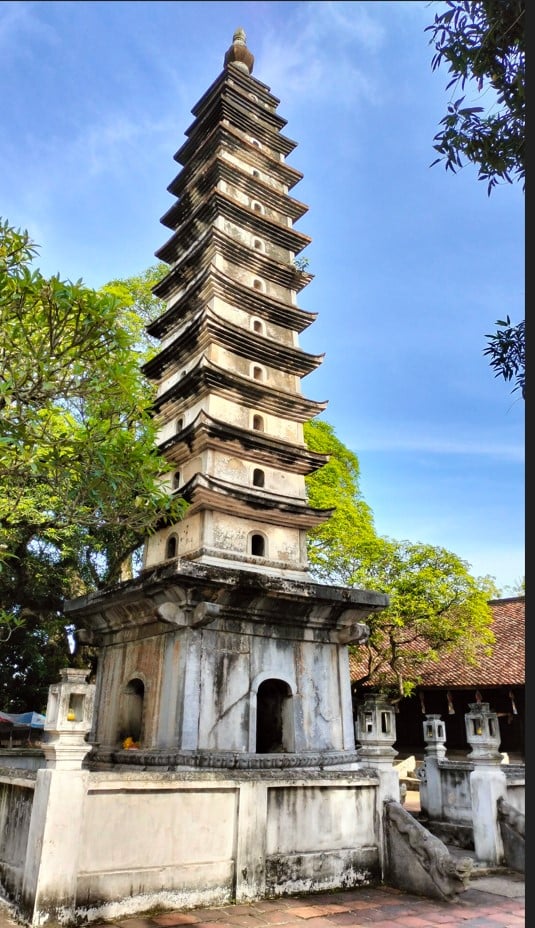
The tower is built on a small square yard, each side is 8.6 m and is 0.45 m lower than the ground. The tower is 19.51 m high, including 1 palanquin (the base of the tower) and 13 floors.
According to historical records, during the Tran Dynasty, King Tran Nhan Tong renovated the pagoda and lived there when he became a monk. When King Tran Nhan Tong died, King Tran Anh Tong built a 14-story tower, 53 meters high, with each side measuring 10 meters, to house relics. During the Tay Son Dynasty, the mandarin guarding this area destroyed the top of the bronze gourd tower. When he reached the 13th floor where the stone was, he saw a red silk-shaped object flying up to the sky, so he did not destroy it anymore.
The tower is built on a small square yard, each side is 8.6 m and is 0.45 m lower than the ground. The tower is 19.51 m high, including 1 palanquin (the base of the tower) and 13 floors.
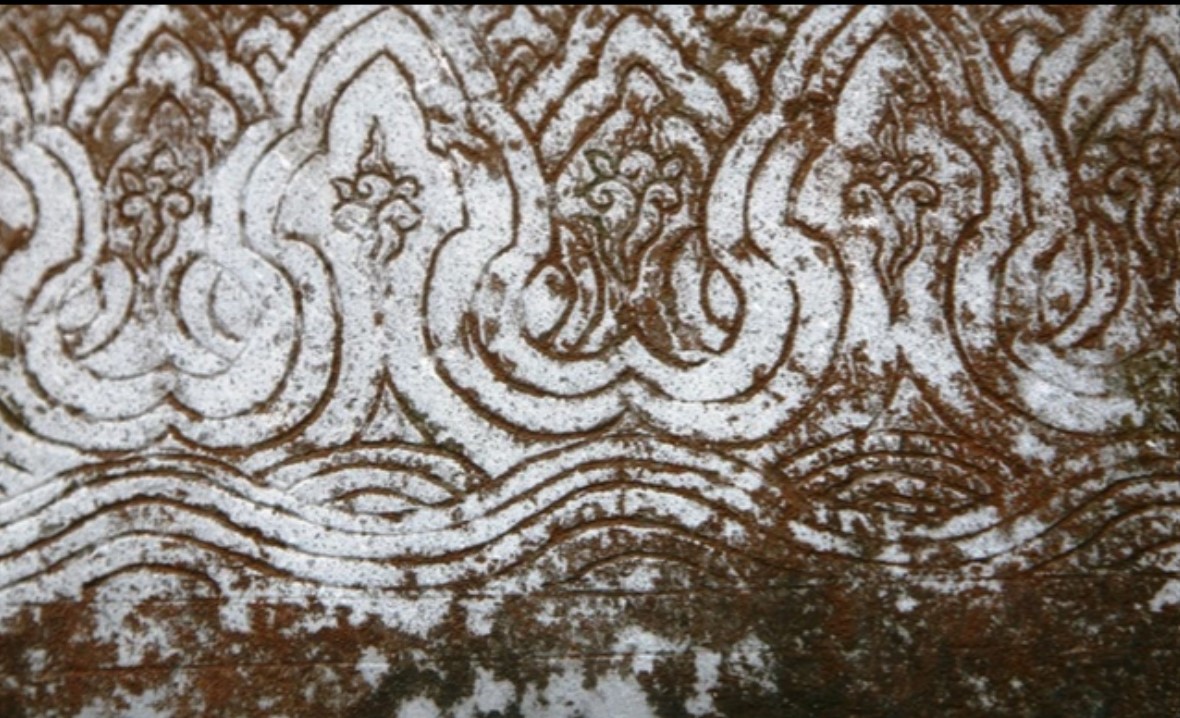
Pho Minh Pagoda has existed for 7 centuries. Despite many storms, natural disasters and wars, the tower is still preserved almost intact, becoming a rare wonder.
The tower base is designed entirely of green stone, each side is 5.20 m long. At the foot of the tower is a lotus flower band with large and small petals, gradually tilting from the middle to the corner of the tower, symbolizing a lotus platform carrying a palanquin. The lower part of the stone pedestal is curved on both sides, making viewers easily mistaken that it is due to the subsidence of the stone, but in fact, this intention is to create momentum for the more than 10 floors above, all of which have similar curves.
Looking at the whole tower, viewers are reminded of a lotus flower rising and blooming in the middle of a lake.
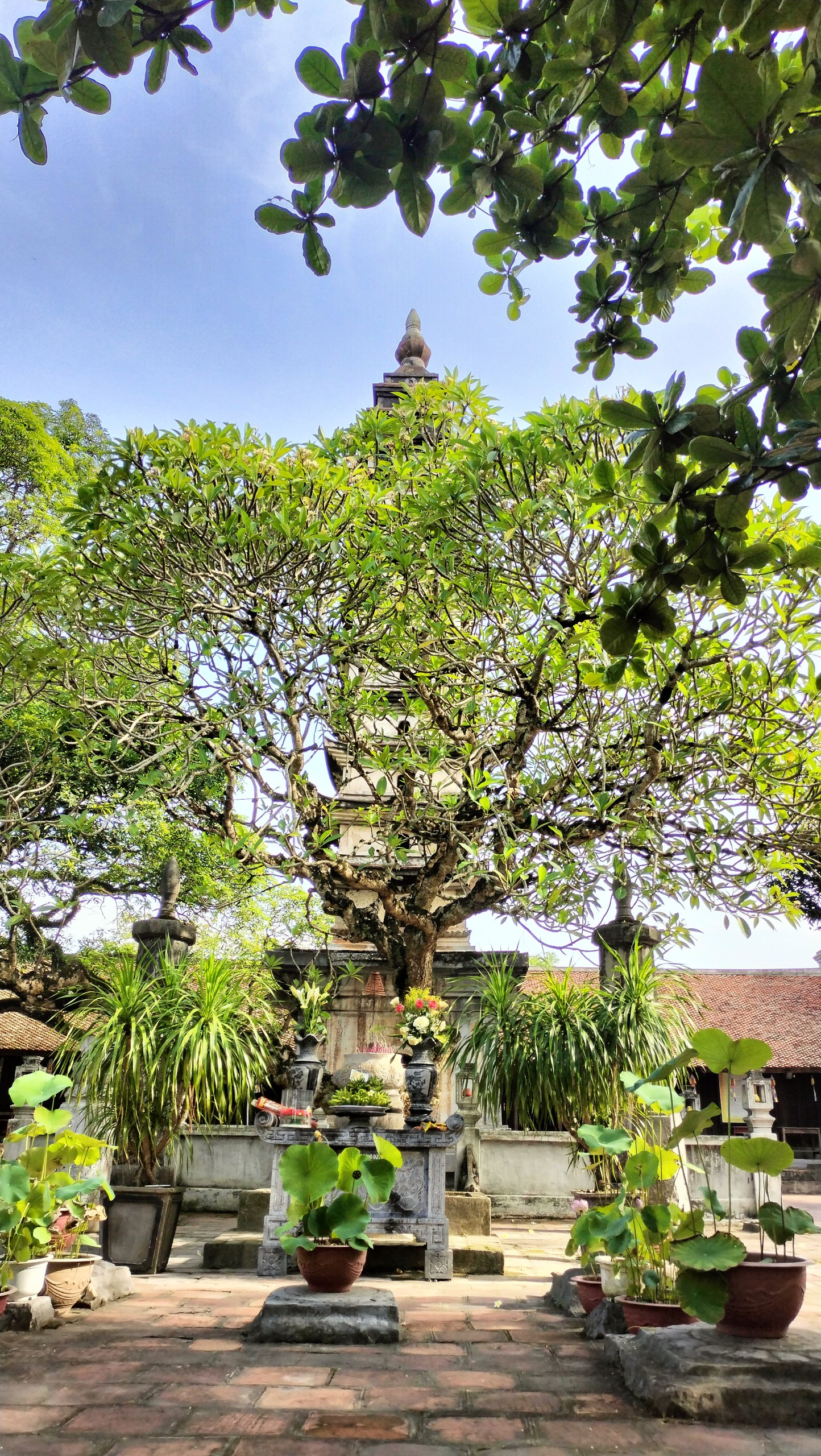
Around the campus of Pho Minh pagoda, there are many trees planted, creating a cool, peaceful space.
The tower was built of red bricks with four doors in the four directions of East, West, South, and North. Previously, the tower's floors revealed dragon motifs combined with floral decorations to create a vivid visual. The higher the floors, the smaller the height and width of the tower's face. On top of the tower is a block shaped like an unopened lotus flower made of old baked clay.
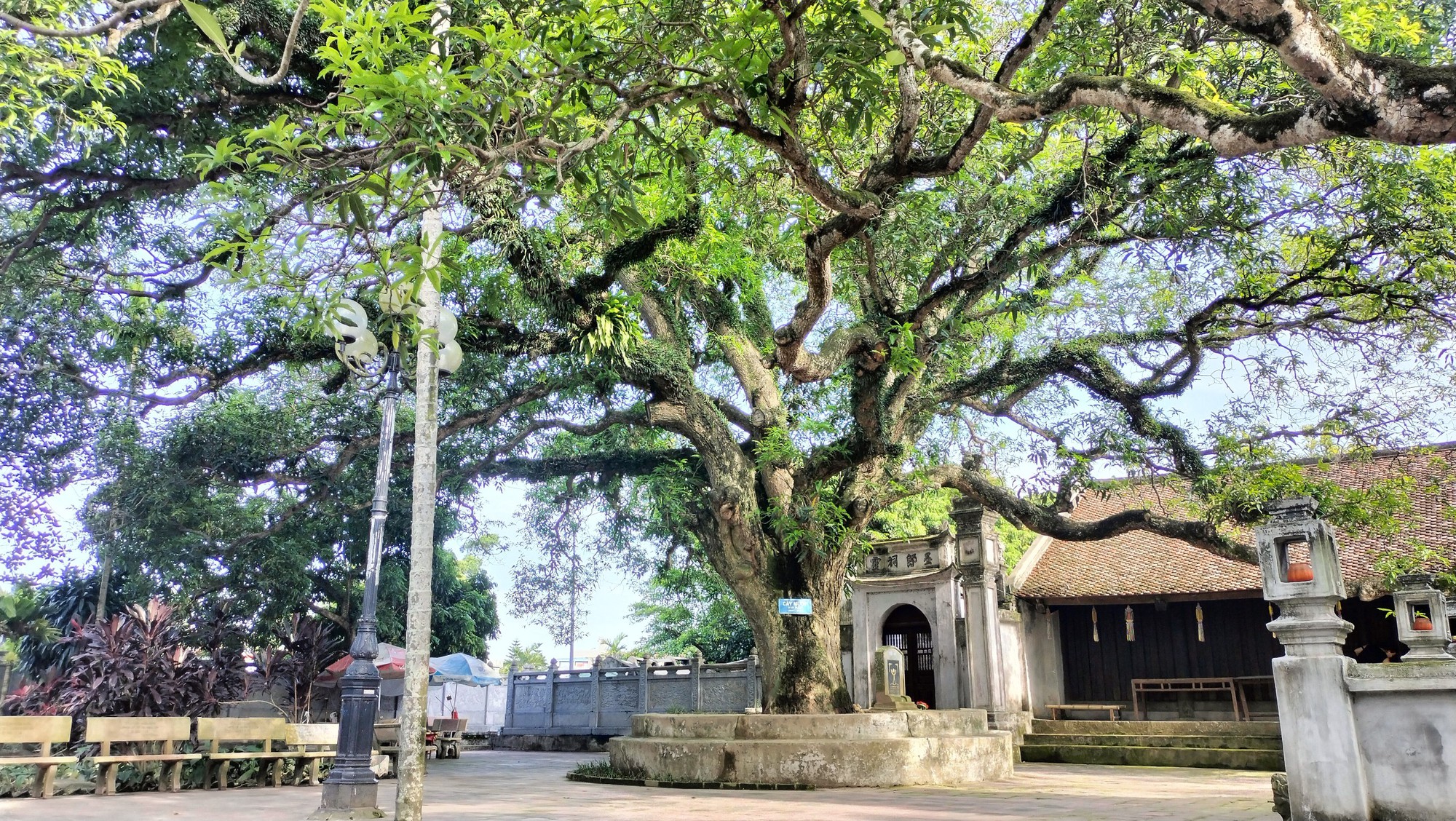
The ebony tree planted next to the pagoda is a heritage tree with 315 years old.
However, later, in the early 20th century, when renovating, people gave the tower a "coat" of cement material, which erased the patterns on the bricks.
Around 1987, some of the upper floors of the tower were eroded by tree roots, causing cracks and were repaired by the cultural sector. Also during this time of repair, people discovered on the 11th and 12th floors of the tower a stone sarcophagus surrounding a bronze box, which according to popular legend could be the box containing the relics of the Buddha Emperor Tran Nhan Tong.
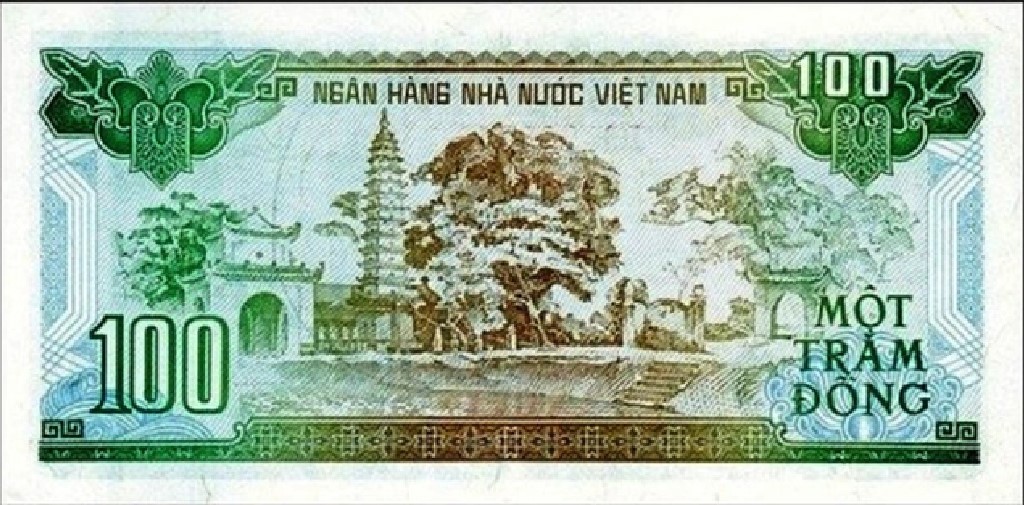
Pagodas and towers appear on Vietnam's 100-dong banknotes
PHOTO DOCUMENTS OF DEPARTMENT OF CULTURE, SPORTS AND TOURISM OF NAM DINH PROVINCE
Up to now, Pho Minh pagoda has existed for 7 centuries. Despite going through many storms, natural disasters and wars, the tower is still preserved almost intact, becoming a rare wonder, creating a unique feature not only for Pho Minh pagoda but also for Nam Dinh province in general.
Currently, there are only three towers left in the country built during the Tran Dynasty, namely Pho Minh Tower (Nam Dinh), Hue Quang Tower (Yen Tu, Quang Ninh) and Binh Son Tower (Lap Thach, Vinh Phuc ), of which Pho Minh Tower is the most imposing, elaborately constructed, artistically and technically.
Source link


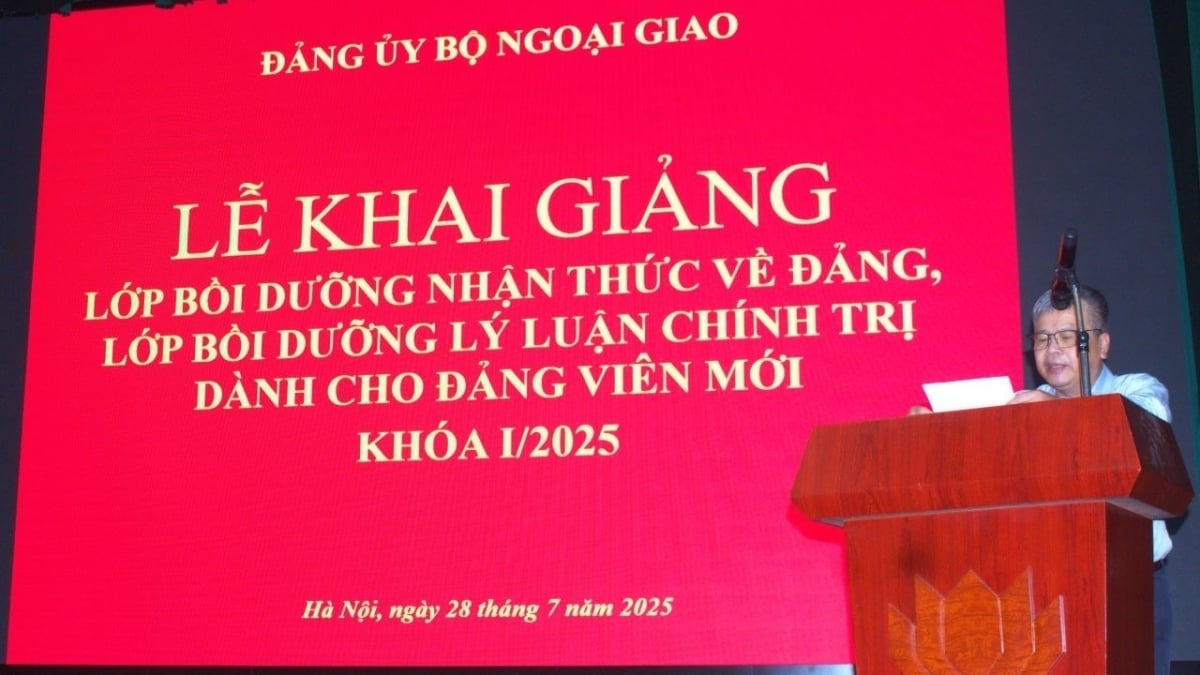
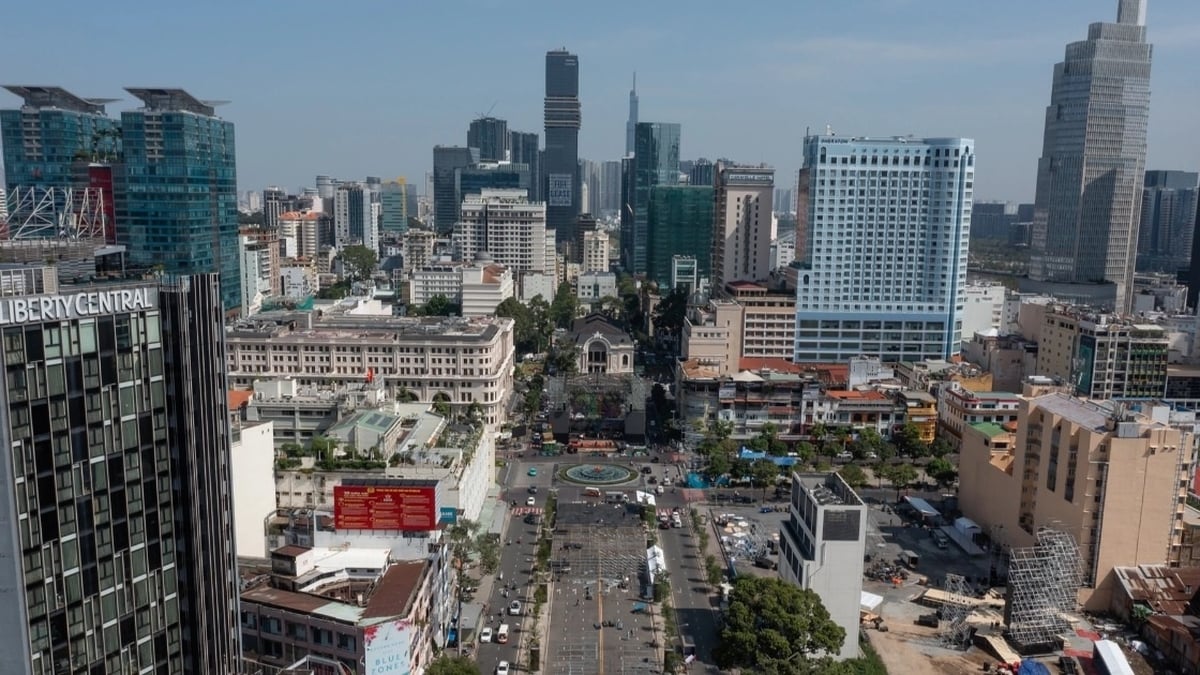






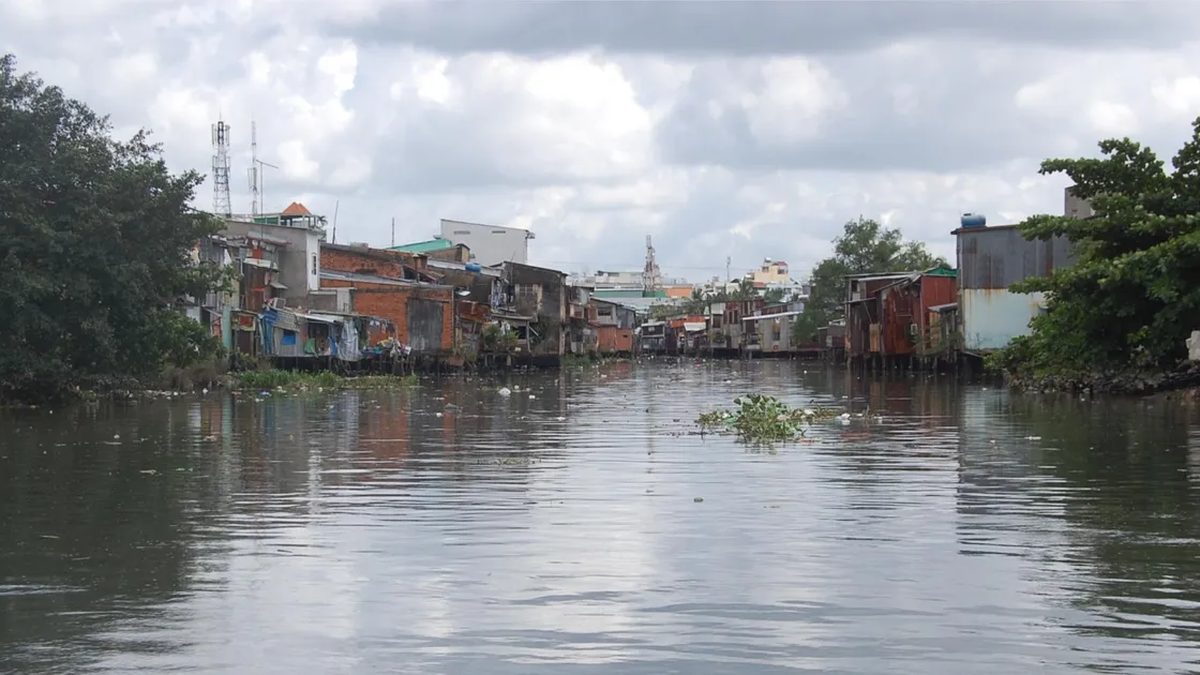


















![[Photo] National Assembly Chairman attends the seminar "Building and operating an international financial center and recommendations for Vietnam"](https://vphoto.vietnam.vn/thumb/1200x675/vietnam/resource/IMAGE/2025/7/28/76393436936e457db31ec84433289f72)






































































Comment (0)